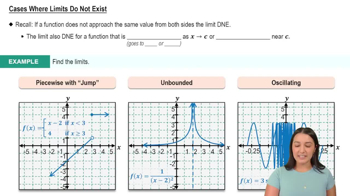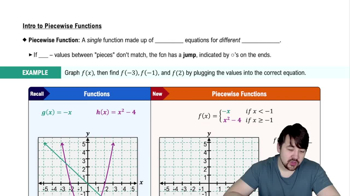31–32. Velocity functions A projectile is fired vertically upward into the air, and its position (in feet) above the ground after t seconds is given by the function s(t).
b. Determine the instantaneous velocity of the projectile at t=1 and t = 2 seconds.
s(t)= −16t²+100t






